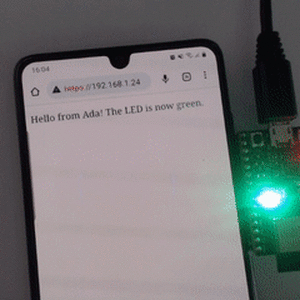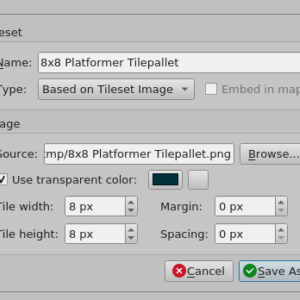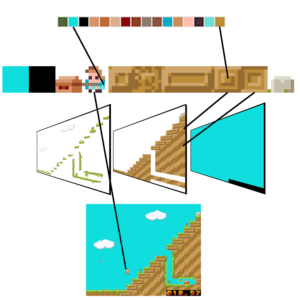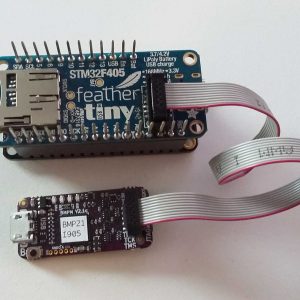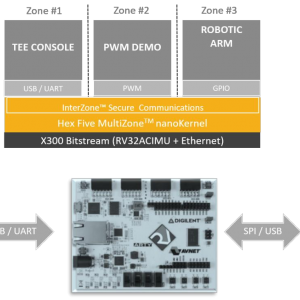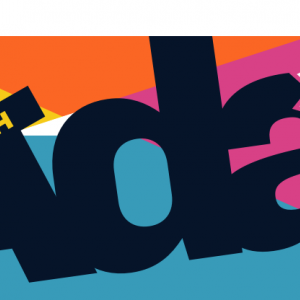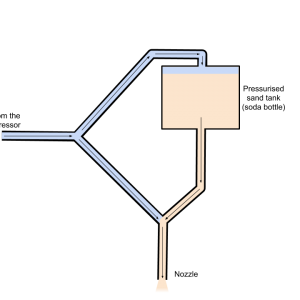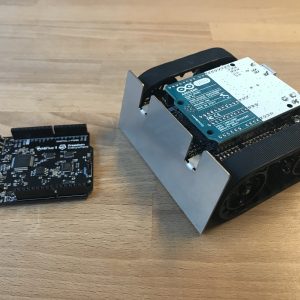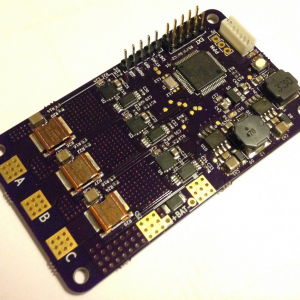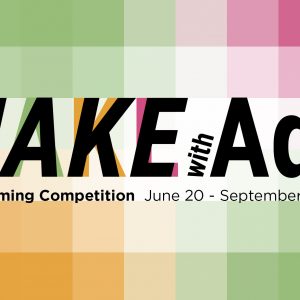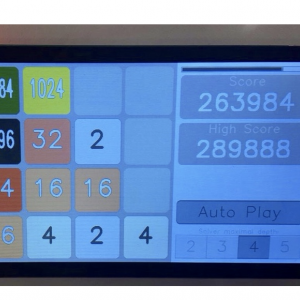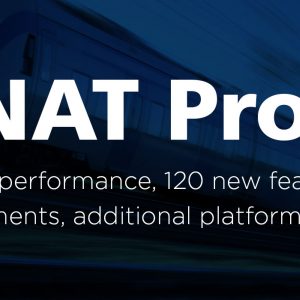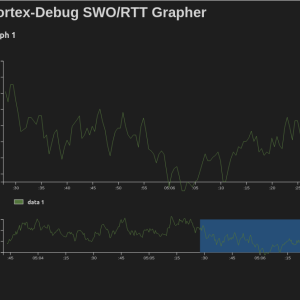
Enhancing Ada Embedded Development: The Power of Real-Time Logging with RTT
Efficient embedded development in Ada relies on powerful tools. Real-time logging plays a pivotal role, enabling live monitoring and analysis. Unlike traditional methods, SEGGER's Real-Time Transfer (RTT) method offers hardware-independent real-time logging with low latency.This article explores RTT's simplicity: storing protocol data in a ring buffer on the target device, read by the debugger without halting program execution. The provided Ada code showcases RTT's implementation, from buffer types to control blocks.Integration with development environments is seamless, as seen with the Cortex Debug extension for VS Code. The extension supports RTT, providing features like textual and graphical display of RTT stream data.In summary, SEGGER's RTT method is a powerful, hardware-independent solution for real-time logging in Ada development. Its efficiency and flexibility make it indispensable for debugging, error detection, and security in embedded systems. Explore the GitHub repository for a hands-on experience with RTT in Ada embedded development.
